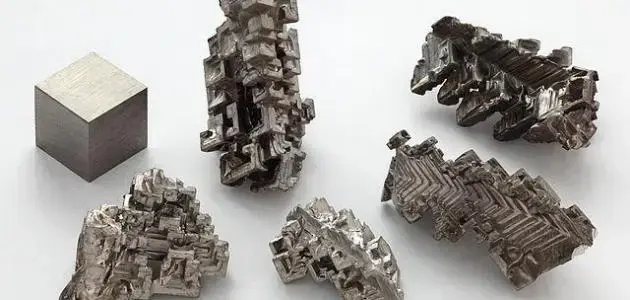Let’s Talk About Lead
Lead is a soft, heavy metal with a silver-gray color. Its chemical symbol is Pb, and it has the atomic number 82. It’s part of group 14 on the periodic table. Lead isn’t great at conducting electricity, but it's super malleable and dense. It’s actually considered one of the oldest known metals—ancient Romans used it for water pipes, cookware, coins, and sheets. Even the Babylonians used it for engraved tablets!
Where Do We Find Lead?
Lead is found in the Earth’s crust in about the same abundance as tin. In terms of cosmic presence, it’s on par with some pretty rare elements like cesium and tungsten. You’ll mostly find it in minerals, especially galena (lead sulfide), which is its primary source. Other sources include anglesite and cerussite. To extract it, the ore is roasted and then smelted—though sometimes it can be smelted right away.
Boiling Point of Lead
The boiling point of lead is a scorching 3180°F (or 1749°C).
More Lead Facts:
- Solid at room temperature (20°C)
- Melts at 327.5°C
- Density: 11.3 g/cm³
- Common oxidation states: +2 and +4
- Atomic mass: 207.2
- Very resistant to corrosion
How Is Lead Used?
- Batteries: About 75% of lead is used to make batteries. The first lead-acid battery was created in 1859 by French physicist Gaston Planté.
- Radiation shields & sound barriers: Thanks to its high density, lead is great at blocking X-rays and dampening sound.
- Paints & glass: Lead has been used in paint and glass production.
- Bearings, solder, rubber, and petroleum: It’s also used in making these everyday items.
- Gasoline (in the past): Tetraethyl lead was added to fuel in the 1920s to improve performance, but it was banned in 1996 due to health risks.
- Cosmetics: Back in the 16th and 17th centuries, especially in Europe, lead-based makeup was trendy among the wealthy. Queen Elizabeth I famously used it to get that “youthful white” look.
Lead Poisoning: A Serious Health Risk
Lead poisoning is no joke—it can seriously harm your brain, nerves, and various organs. It happens when you swallow, breathe in, or absorb lead.
Who's at Risk?
Kids:
Children are especially vulnerable because their bodies absorb lead more easily, and their developing brains and nervous systems are super sensitive. They can be exposed by touching contaminated surfaces and putting their hands in their mouths, drinking lead-contaminated water, playing with old lead-painted toys, or breathing in dust from deteriorating paint.
Adults & Pregnant Women:
Adults can be exposed through contaminated food, water, dust, old dishware, or DIY projects involving old paint. Certain jobs, like pottery-making or stained glass work, can also raise exposure. Pregnant women need to be extra cautious—lead can cross the placenta and harm the developing baby.
Health Effects of Lead Poisoning
In Children:
- Behavior and learning problems
- Slow growth and development
- Lower IQ
- Hyperactivity
- Anemia
- Hearing issues
- In rare cases: seizures, coma, or death
In Pregnant Women:
- Lead can be released from bones along with calcium and passed to the baby
- Increased risk of premature birth and low birth weight
- Damage to the baby’s kidneys, brain, and nervous system
- Higher risk of miscarriage
In Adults:
- High blood pressure
- Heart disease
- Kidney damage
- Fertility issues in both men and women
Bottom line: lead is useful, but it’s also dangerous. Being informed is the first step to staying safe!
Leave a comment
Your email address will not be published. Required fields are marked *




